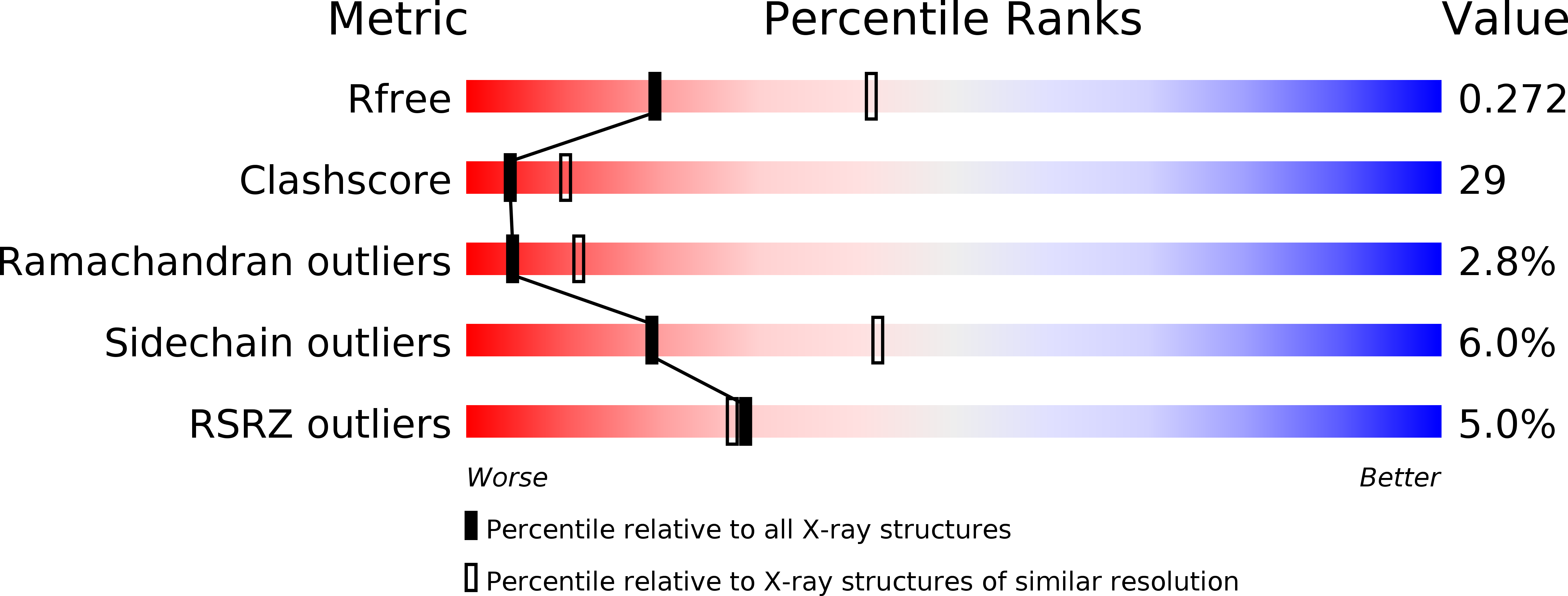
Deposition Date
2008-09-10
Release Date
2008-10-21
Last Version Date
2024-02-21
Entry Detail
PDB ID:
3EGD
Keywords:
Title:
Crystal structure of the mammalian COPII-coat protein Sec23a/24a complexed with the SNARE protein Sec22 and bound to the transport signal sequence of vesicular stomatitis virus glycoprotein
Biological Source:
Source Organism:
Homo sapiens (Taxon ID: 9606)
Host Organism:
Method Details:
Experimental Method:
Resolution:
2.70 Å
R-Value Free:
0.27
R-Value Work:
0.20
Space Group:
C 1 2 1


